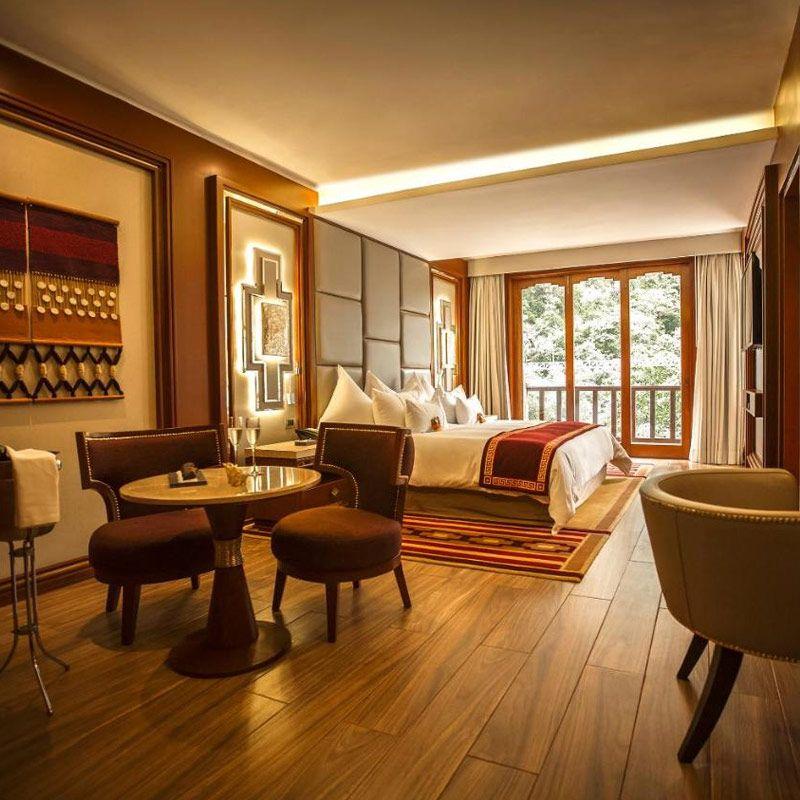
Sumaq Machu Picchu
Avenida Hermanos Ayar Mz 1 Lote 3, Aguas Calientes, Machu Picchu
 9 |Exceptional
9 |Exceptional 4.5 |Excellent
4.5 |Excellent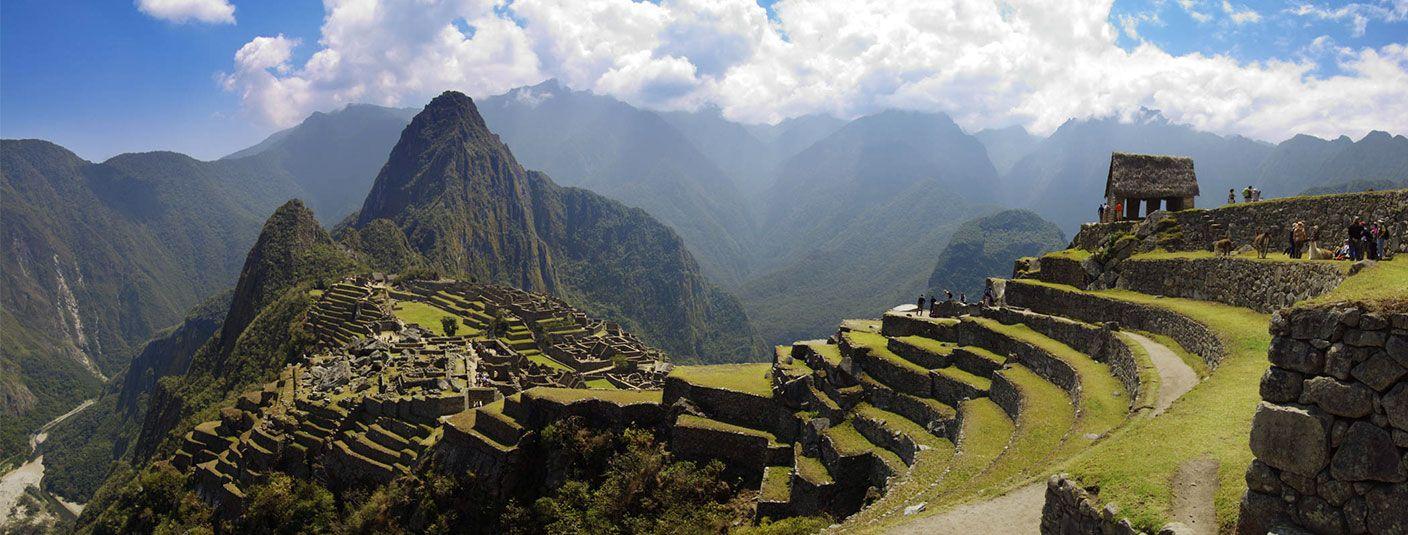
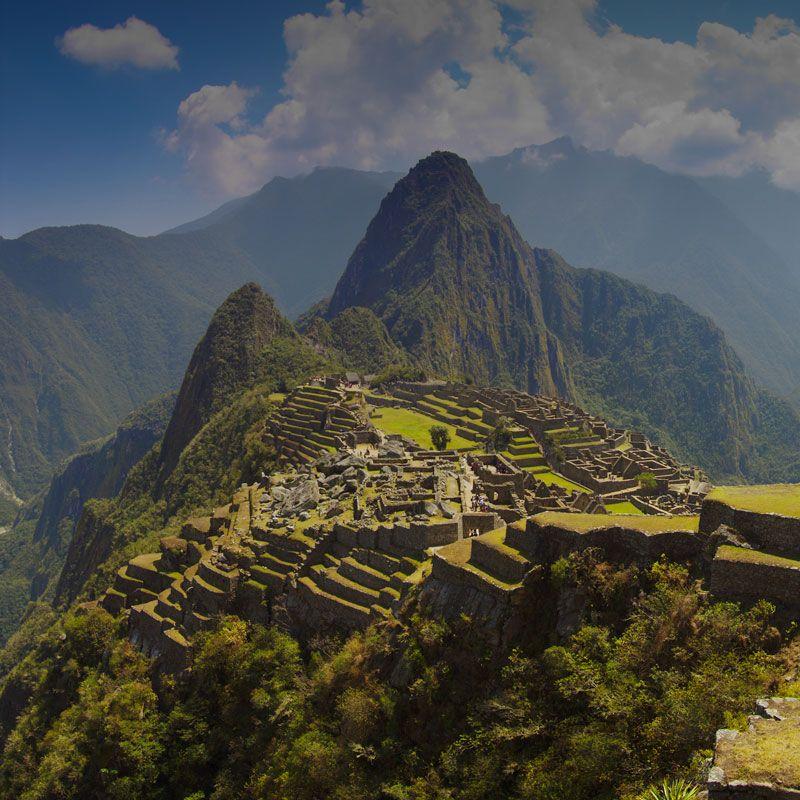
Machu Picchu is the Lost City of the Incas and inspires awe at first sight, especially if you journey there on the Inca Trail. Browse our destination guide below for essential travel details and top attractions to check out on your visit.
Only a few places in the world possess the kind of natural beauty and historic charisma that can capture the hearts and minds of visitors in an instant. Machu Picchu is one of them. Morning or afternoon, rain or shine, crowded or not - the sight of the stone temples and endless terraces set amid green-clad granite mountains never disappoints.
Forgotten after the fall of the Inca Empire and rediscovered 400 years later, Machu Picchu remains shrouded in mystery. Some questions may never be answered, but the former Inca city remains as irrefutable evidence of their highly advanced stonemasonry.
Whether by train or on your own two feet along the Inca Trail, getting to Machu Picchu is part of the adventure. Most visitors spend at least one night in Aguas Calientes, the small town at the base of the mountain from the Inca ruins. We recommend exploring the UNESCO Historic Sanctuary of Machu Picchu and New World Wonder with an expert guide, so you don’t overlook the brilliant engineering features and asserted significance built into the design of sacred temples.
Machu Picchu is at the intersection of the Andes and the Amazon, where the mild subtropical climate has warm days and cooler nights. Humidity is also higher than in Cusco and the Sacred Valley.
Rainy Season
Weather at Machu Picchu changes quickly and is unpredictable throughout the year. Similar to other high altitude destinations in Peru, the region has a dry and rainy season, but these conditions changes in the weather aren’t as clearly defined. The dry winter season for Machu Picchu is from April to October, and the wet summer season is from November to March. Remember, the northern and southern hemispheres experience opposite seasons.

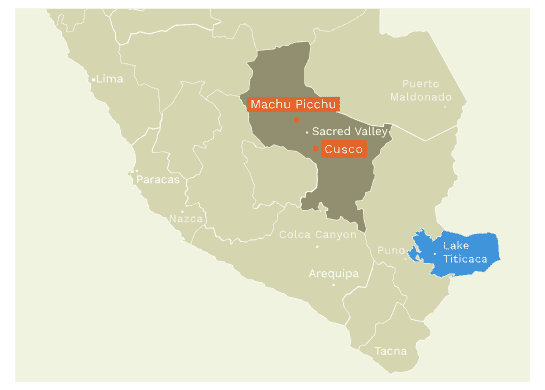
Construction for Machu Picchu began at the height of the Inca Empire around 1450 AD. Most scholars agree the mountaintop city was the royal estate of Pachacutec, the powerful 9th king. Others speculate it was a sacred center where the great political, religious, and economic minds of the Inca Empire gathered.
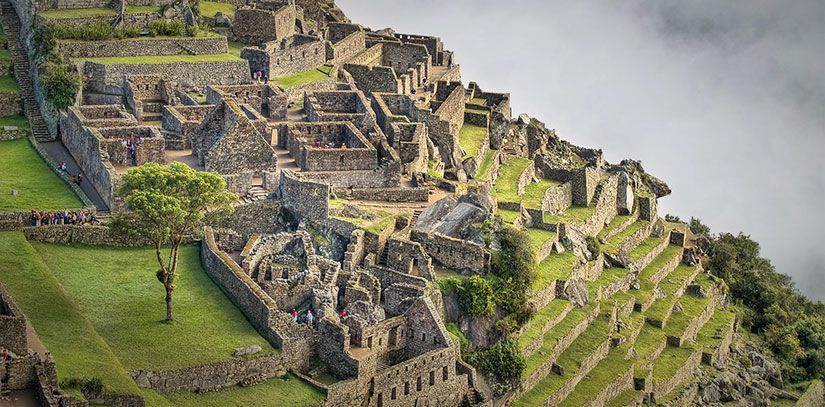
Before the construction of Machu Picchu began, they surveyed the mountaintop site. They built canals to carry freshwater to different sectors of the city. Incredibly, the Inca didn’t use steel or iron tools, nor the wheel, to make the temples, living quarters, and stone steps. Instead, they utilized simple materials such as stone, wood, and bronze. Rows of terraces were also constructed along the mountainsides for support. Without them, Machu Picchu would have tumbled down, unable to withstand centuries existing in a region prone to earthquakes and annual heavy rain.
Less than one hundred years after the construction of Machu Picchu began, during the 1530s, the city was abandoned in the aftermath of the Spanish Conquest. Widespread knowledge of the city was lost to official memory over the centuries except for some locals.
In 1911, Yale history professor Hiram Bingham chanced upon Machu Picchu while looking for the legendary city of Vilcabamba where resistance rebel leader Manco Inca retreated to safety from Spanish troops. After years of silent existence, Machu Picchu had been rediscovered and was flung into the international spotlight.
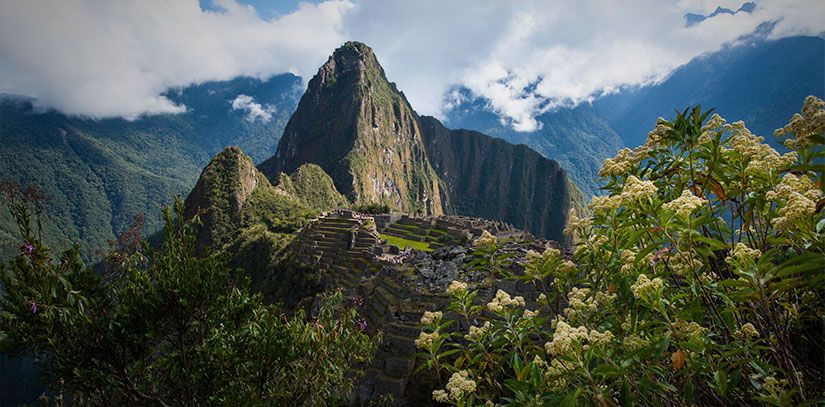
Today, Machu Picchu is a UNESCO World Heritage Sanctuary and the most visited attraction in Peru. The Ministry of Foreign Trade and Tourism counted 800,200 visitors to Machu Picchu in 2007, when the attraction was named one of the New Seven Wonders of the World, and since then that number has nearly doubled. In 2019, the famous Inca ruins were visited by 1,585,300 people from around the world.
Machu Picchu is in a remote region of Peru, and transportation there is limited. No roads connect Cusco and the Sacred Valley with Aguas Calientes, so your only two options are to take the train or trek there.
Most travelers choose to take the train to Machu Picchu for the convenience of time and comfort. PeruRail offers different train services - from budget Vistadome, upgrade Expedition, and luxury Hiram Bingham - with several daily morning and evening departures.
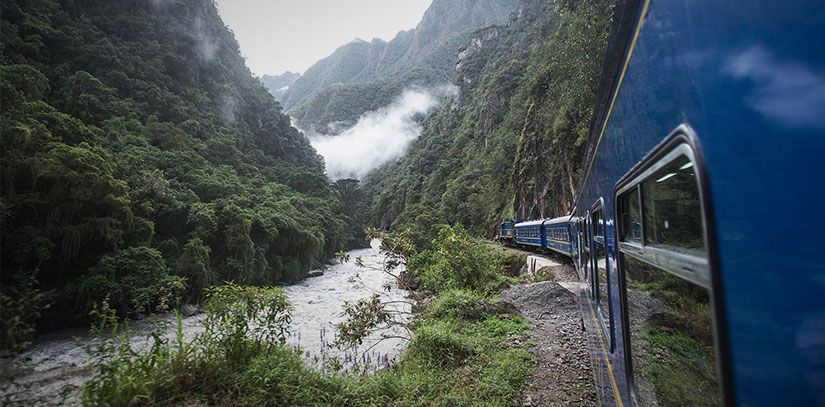
Passengers can board the train in Cusco at the Poroy Station (a 20-minute taxi ride from the city plaza) or in the Sacred Valley at the train station in Ollantaytambo and then continue along the tracks to Aguas Calientes. Upon arrival at Machu Picchu Station, the final leg of your journey is a 20-minute shuttle bus (ticket required) or uphill walk to the main entrance of Machu Picchu.
Routes & Travel Times:You have to travel light when you take the train to Machu Picchu because storage room onboard is limited. Each passenger is only allowed one carry-on luggage that weighs no more than 11 lbs (5kg). Many hotels in Cusco and the Sacred Valley offer free luggage storage, where you can leave a separate bag filled with belongings you won’t need for this leg of your trip.
Aguas Calientes town is located 5.5 mi (9 km) from the Machu Picchu archeological site and 1,310 ft (400 m) of altitude lower. From the bus stop located only 3 to 5 minutes walking from the train station in Aguas Calientes, buses ferry passengers between the town and the ruins, using a zigzagging switchback road to go up and down the steep mountainside. Most tours to Machu Picchu include the bus tickets in the total price of the package. Tickets for the bus can also be purchased in Cusco or in Aguas Calientes in front of the bus stop.
The first buses depart at 5:30 am, arriving at the entrance of Machu Picchu just before the gates open at 6:00 am. Lines are usually the longest in the morning between 5:30 am and 6:15 am and when the mid-morning trains arrive from Cusco and the Sacred Valley between 9:00 am to 10:00 am.
Adventurous travelers should trek to Machu Picchu! Trekking packages are organized so you trek to the famous archaeological site and return by train on the return leg of your journey.
The iconic 4-day Inca Trail to Machu Picchu is the most popular trek in South America. The journey takes you through high Andean passes, past lesser-known Inca sites, and culminates with a memorable entrance to Machu Picchu through the Sun Gate. There’s also the 2-day Inca Trail if you are on a tight schedule or prefer a less demanding walk.
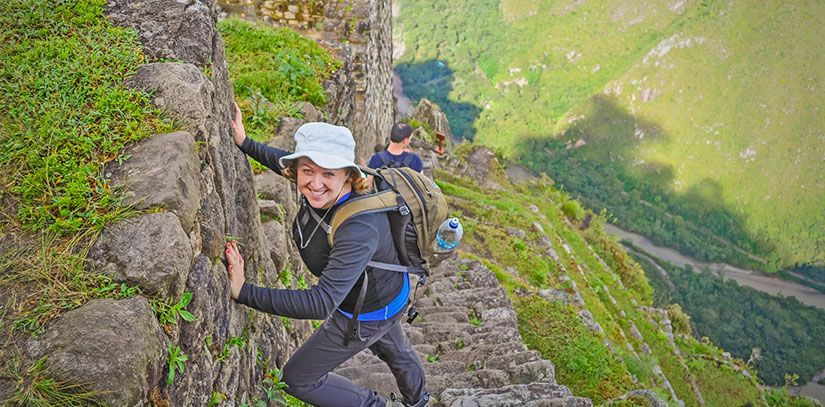
To hike the Inca Trail, you must reserve a permit in advance. There are wonderful alternative treks to Machu Picchu that don’t require a permit if Inca Trail permits are already sold out.
The 5-day Salkantay Trek is an excellent alternative trek to Machu Picchu for travelers who appreciate nature. This Andean trail passes by the imposing snow-capped Salkantay mountain, for which the trek is named, and crosses highland pampas before dropping down into a river valley cloud forest and then onto Machu Picchu. Read more about the Salkantay Trek.
The 4-day Lares Trek is another alternative recommended for trekkers whose interest lies in cultural immersion. Follow a route through the Lares Valley, passing remote villages with rich Andean traditions, beautiful mountain scenery, and lesser-known Inca ruins before touring Machu Picchu on the final day. Read more about the Lares Trek.
Machu Picchu Tickets
Tickets to Machu Picchu are limited and must be purchased in advance. There are general entry tickets and ones that include the hikes for Huayna Picchu (only 400 daily available) or Machu Picchu Mountain (only 400 daily available). Demand for Huayna Picchu and Machu Picchu Mountain is especially high during the peak June, July, and August dates. Advanced planning - sometimes 4 months in advance - is a must. Reserve your spot at the time you book your Machu Picchu tickets.
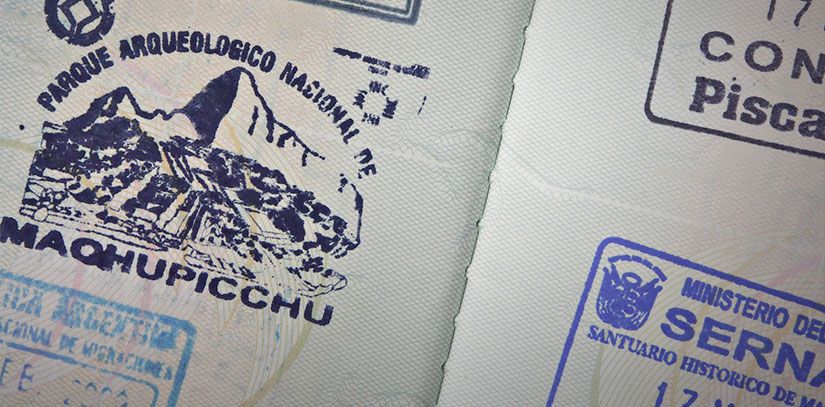
Tickets are not sold at the main entrance. If you’ve waited until the last minute, your final opportunity is at the National Cultural Institute (INC) office on the main plaza in Aguas Calientes.
Time in Machu Picchu
The time designated for you to enter Machu Picchu is selected when you buy your tickets in advance. For whichever assigned time indicated on your ticket, you have the full hour to enter the archaeological site. We suggest you arrive at the bus stop in Aguas Calientes at least one hour before your entrance time at the Machu Picchu ruins.
Walking circuits around Machu Picchu help control foot traffic. Routes 1 and 2 (indicated in green and red on the map) pass similar attractions but explore different sections of the agricultural zone near the main entrance gate. Route 3 in blue is an alternative walking route so visitors with hiking permits can do Huayna Picchu or Machu Picchu Mountain.

What to Bring to Machu Picchu
Here is an essential Machu Picchu packing list:
What NOT to Bring to Machu Picchu
Safety Tips
Aguas Calientes isn’t known for crime (it is virtually non-existent in Machu Picchu), but travelers should always remain wary of petty theft. This particularly applies when in large crowds of people such as at the train station where pickpocketing can go unperceived by the victim. Never leave bags or other valuable items unattended.
Local Currency & ATMs
From bottles of water to meals at restaurants, prices for food, goods, and services are a bit higher in Aguas Calientes compared to anywhere else in Peru. This is because tourism is the town’s only industry and everything has to be shipped by train. Be sure to budget accordingly. There are ATMs on the major streets, but these are known to be unreliable. Most hotels and restaurants accept major credit cards. There are no ATM machines at Machu Picchu. Read about money in Peru.
Language
Most hotel representatives in Aguas Calientes and staff aboard the train to Machu Picchu speak Spanish and English. Tours are conducted in many languages. All Peru
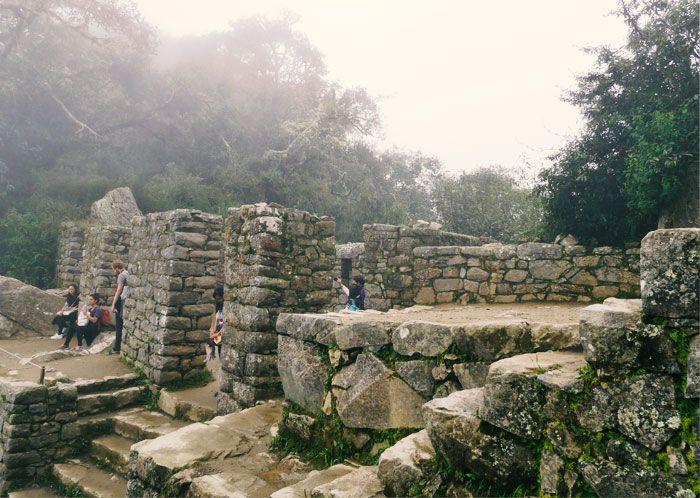
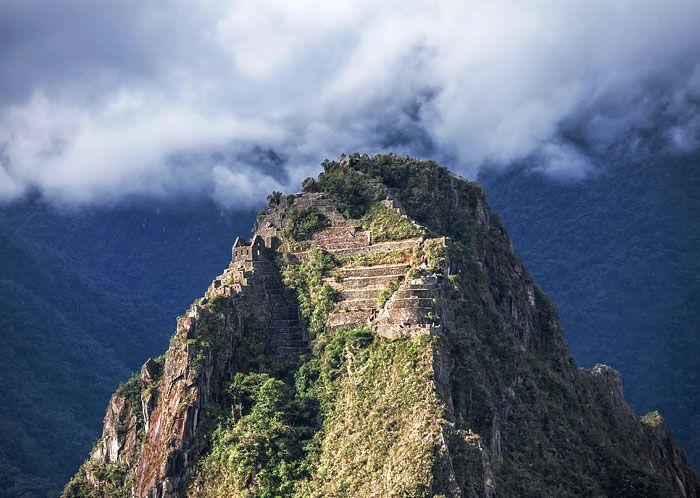
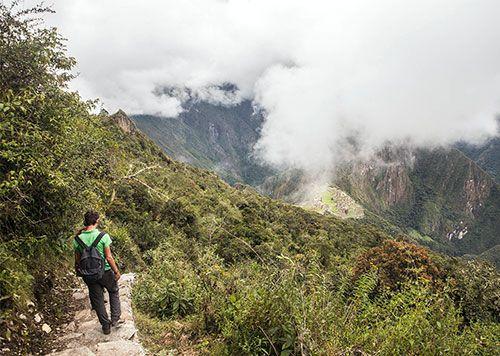
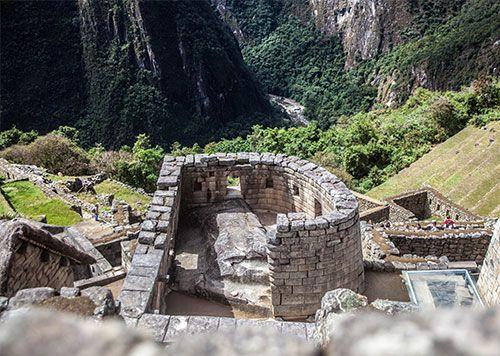
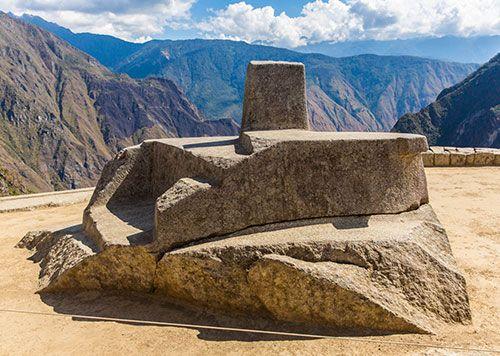
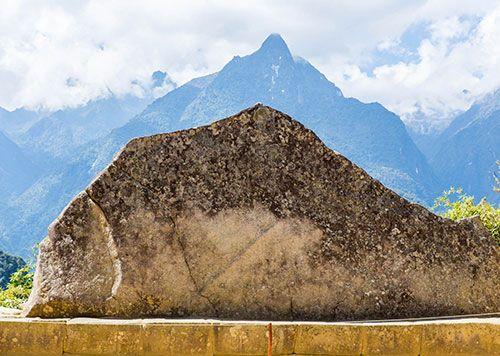
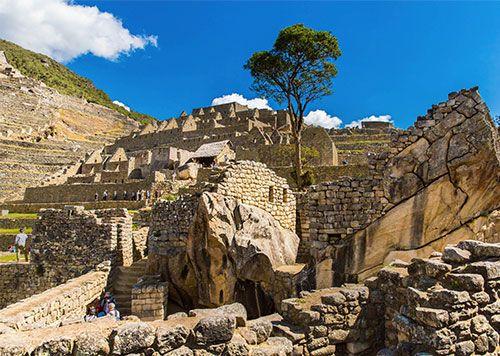
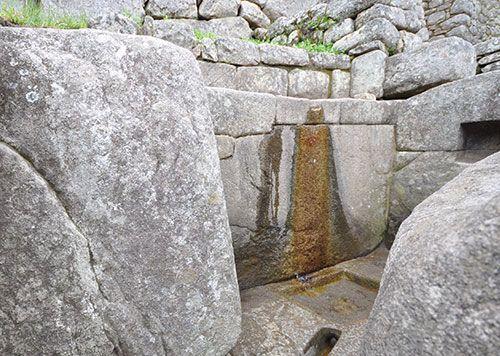
Options for Machu Picchu hotels range from 5-star luxury resorts to budget dorms and everything in between. Machu Picchu Sanctuary Lodge is the only hotel up on the mountain next to the main entrance of the archaeological complex. All other accommodations are in Aguas Calientes and walking distance from the train station.
It’s possible to make a whirlwind Machu Picchu trip in one day. Still, we recommend enjoying this highlight of your trip at a slower pace, if possible. Staying a night or two in Aguas Calientes spaces out the legs of transport to and from Machu Picchu and helps you stay rested for an active day of touring. The following are our Top Pick Hotels for travel to Machu Picchu.

Avenida Hermanos Ayar Mz 1 Lote 3, Aguas Calientes, Machu Picchu
 9 |Exceptional
9 |Exceptional 4.5 |Excellent
4.5 |Excellent
Av. Pachacutec 109, Aguas Calientes, Machu Picchu
 8.8 |Excellent
8.8 |Excellent 4 |Very good
4 |Very good
Prolongacion Imperio de Los Incas E - 34, Aguas Calientes, Machu Picchu
 8.6 |Excellent
8.6 |Excellent 4.5 |Excellent
4.5 |Excellent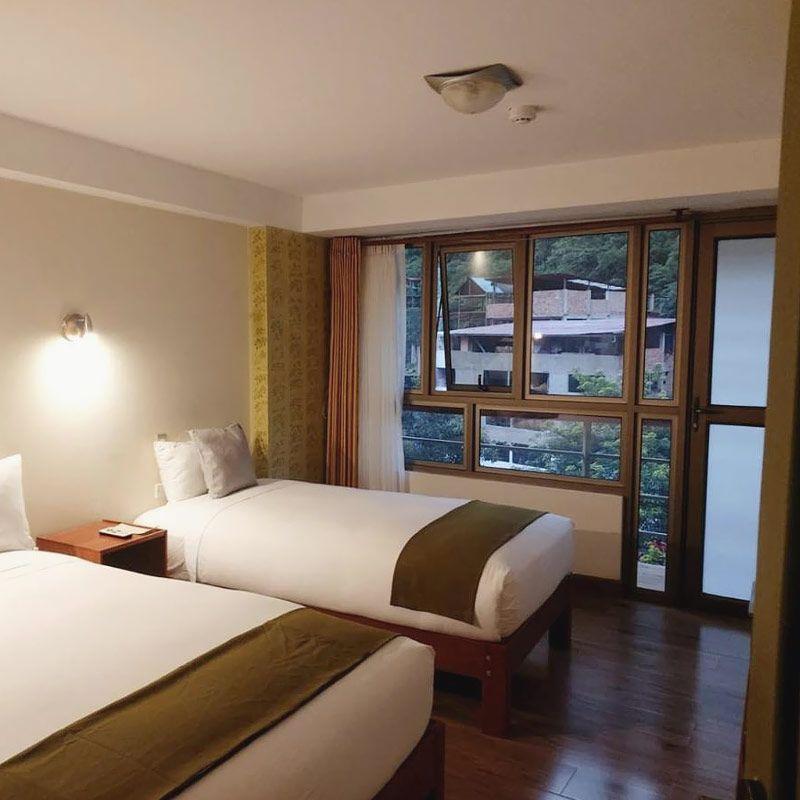
Alameda los Artesanos 1508, Machu Picchu
 8.8 |Excellent
8.8 |Excellent 5 |Excellent
5 |ExcellentEating options outside the entrance to Machu Picchu are convenient, though limited. You can take a pre-made box lunch with you to Machu Picchu (available options depend on your itinerary), eat a buffet lunch at Belmond Sanctuary Lodge, or grab a quick bite at the Machu Picchu Snack Bar.
Down the hill in Aguas Calientes the restaurant selection is far more varied. Enjoy a casual sitdown meal in Machu Picchu’s gateway town at one of the following restaurants:
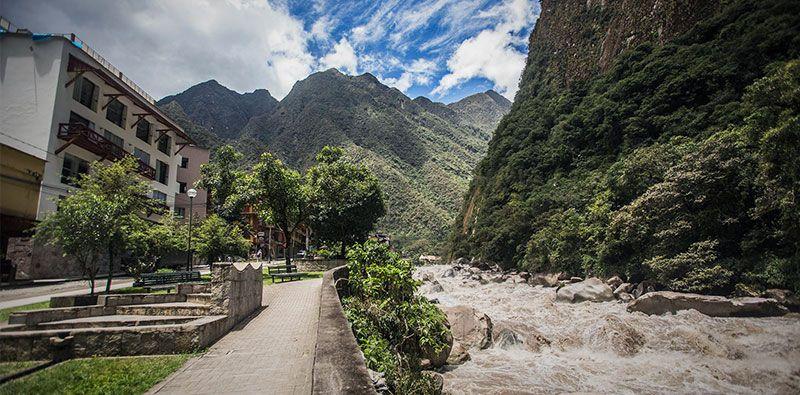
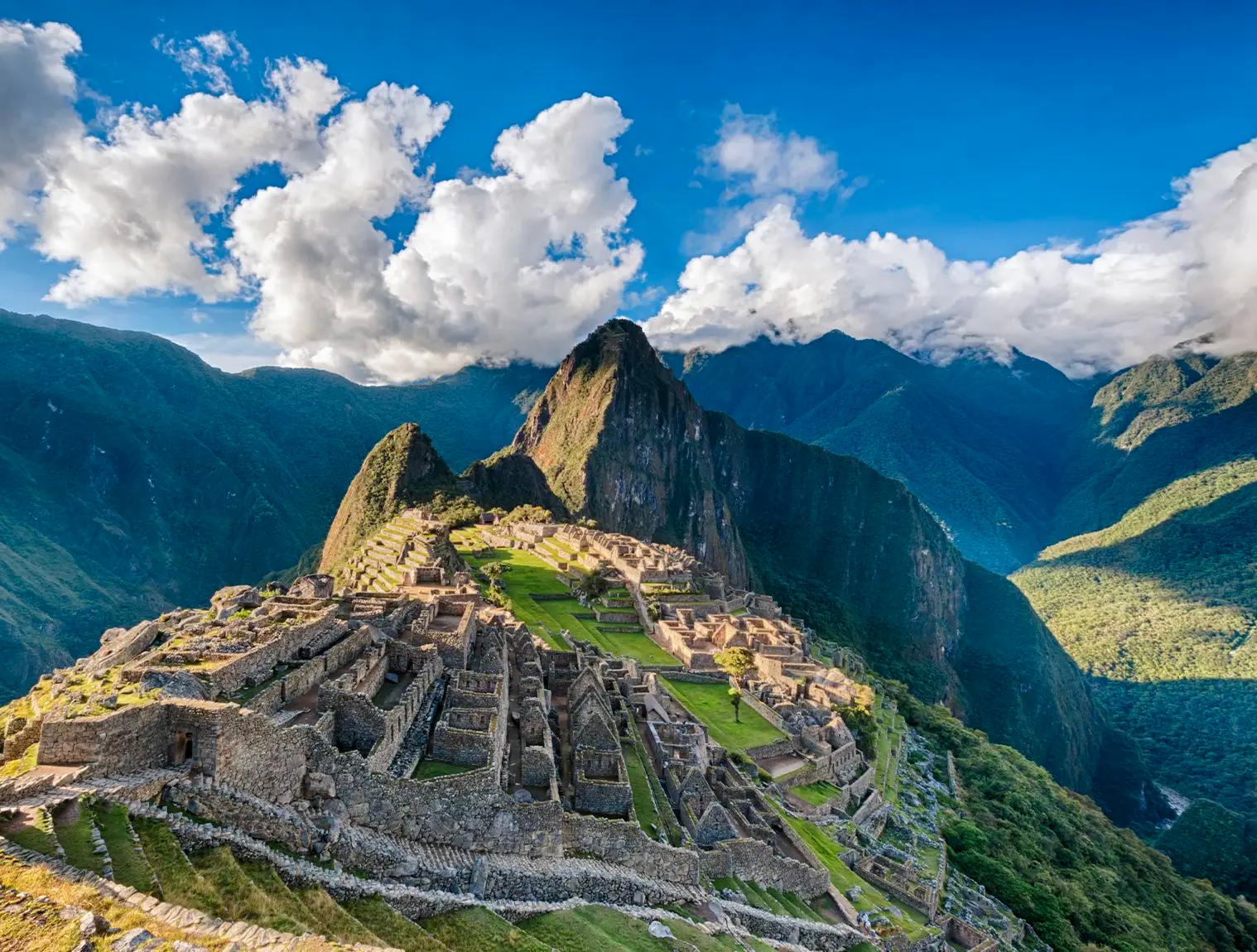
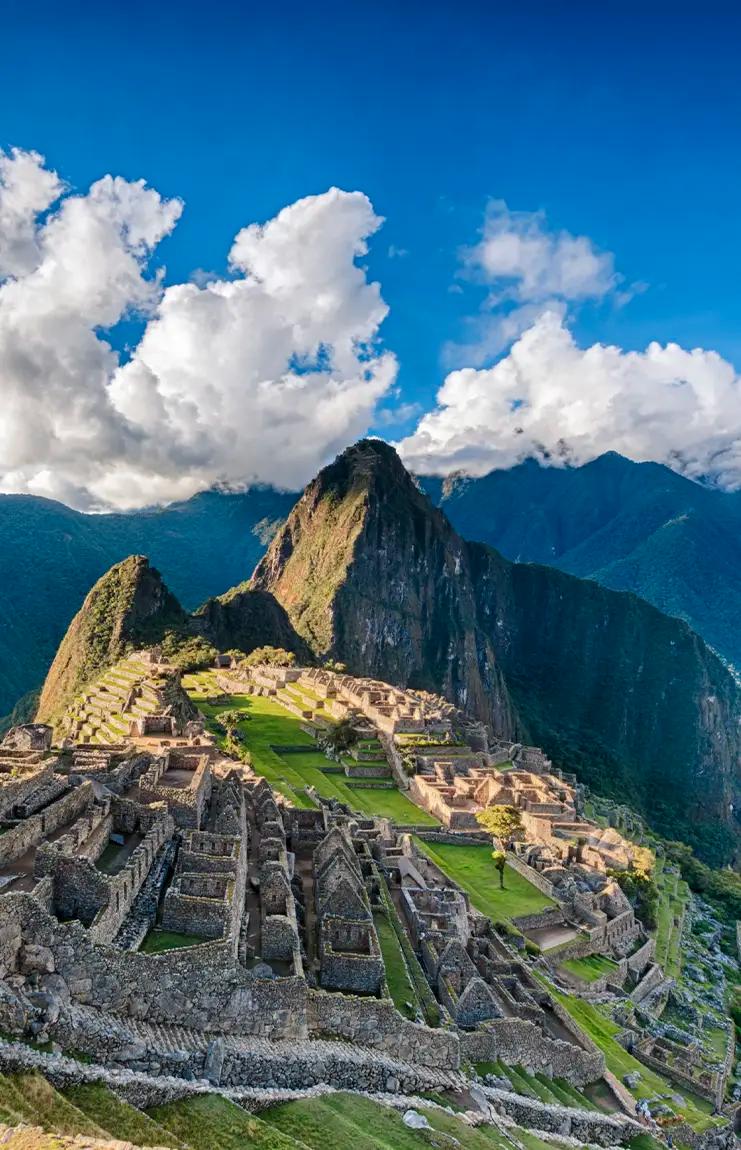
6 days from $1339
Cusco, Sacred Valley and Machu Picchu
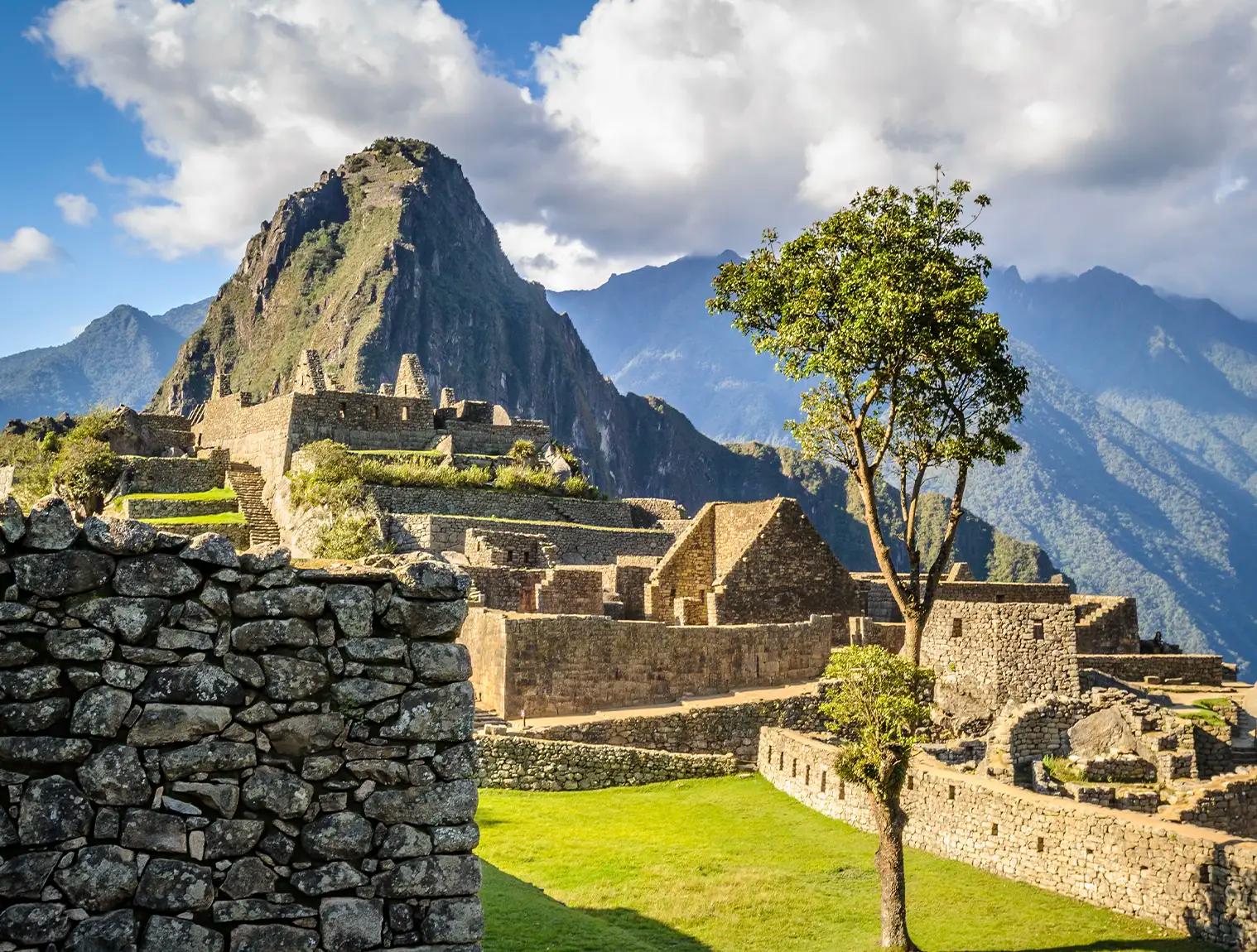
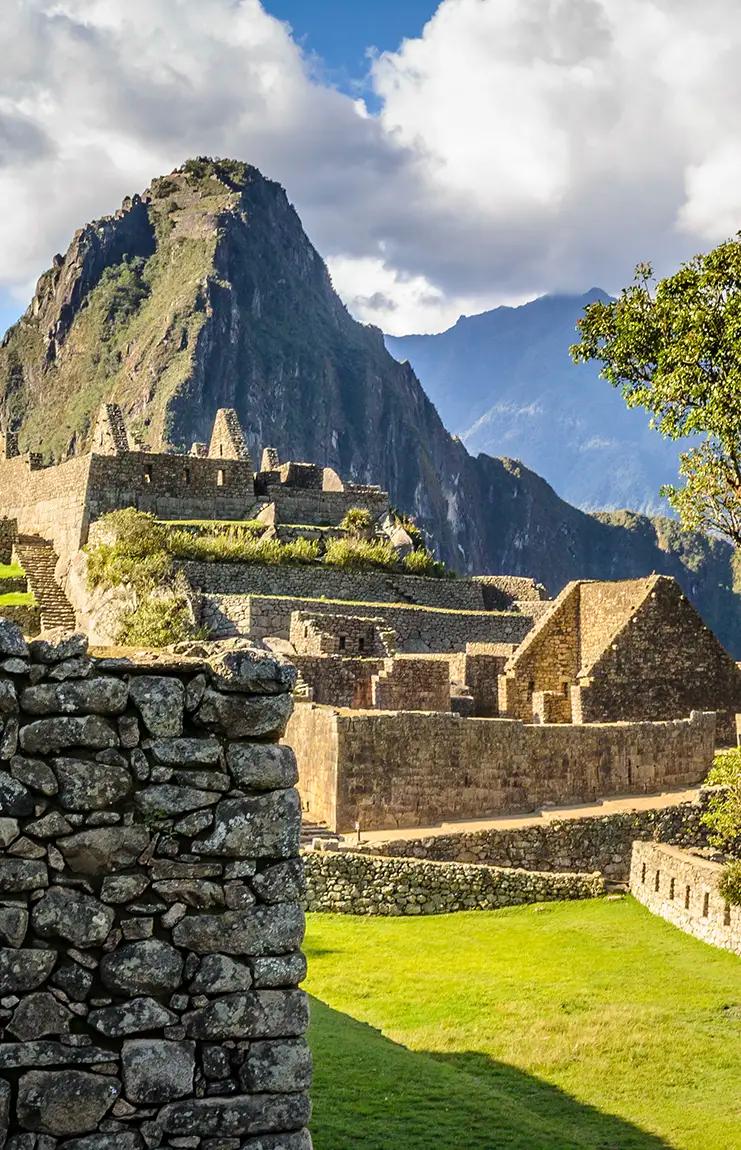
4 days from $1009
Cusco, Sacred Valley and Machu Picchu
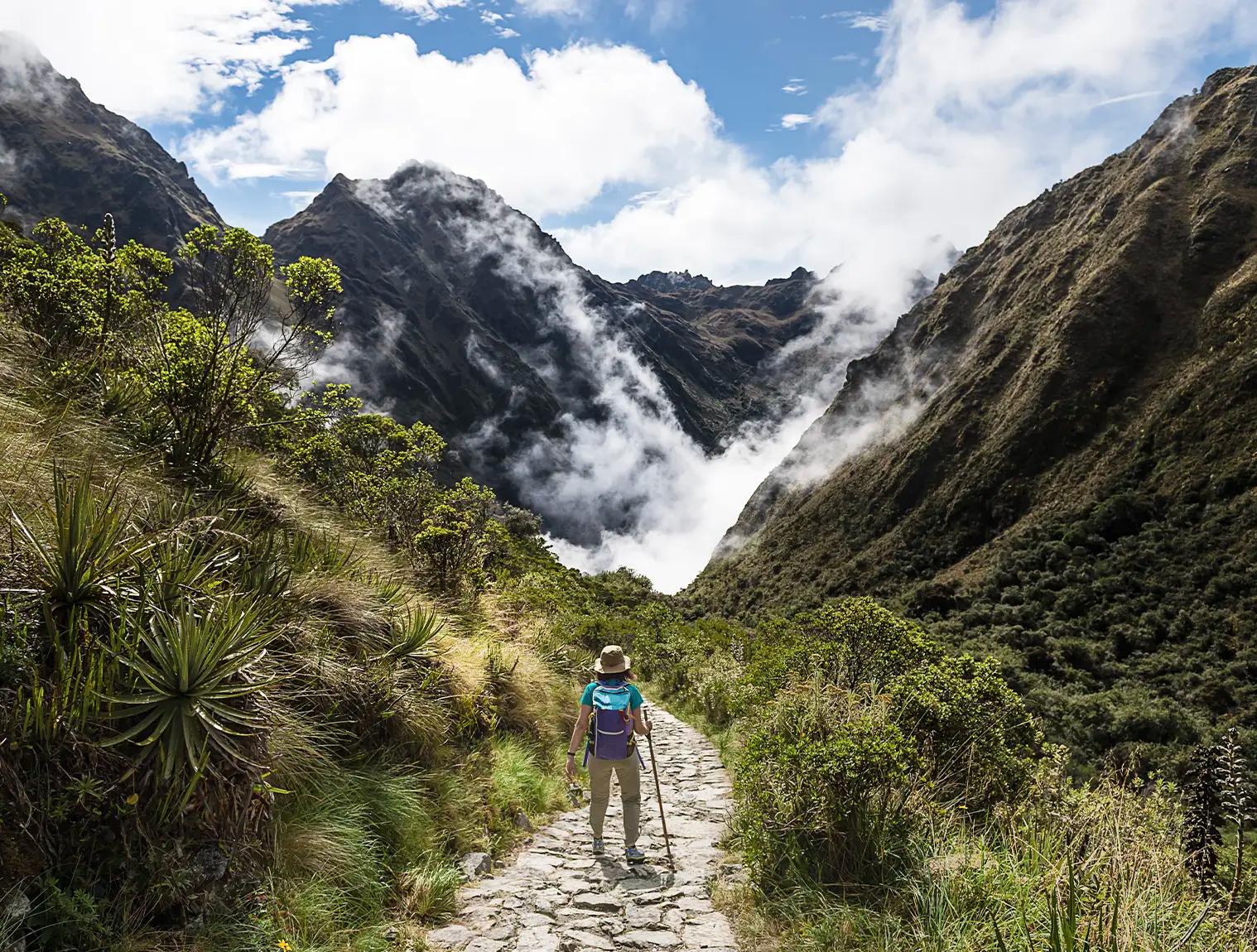
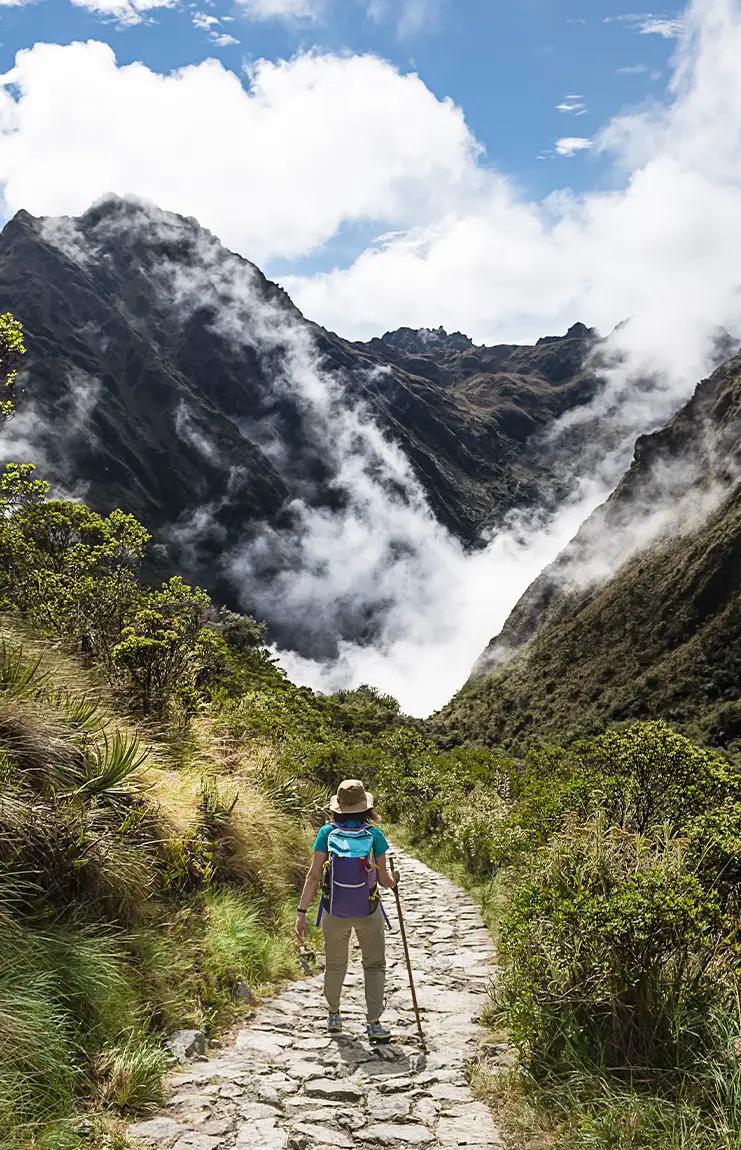
9 days from $2239
Cusco, Inca Trail, Sacred Valley & Machu Picchu
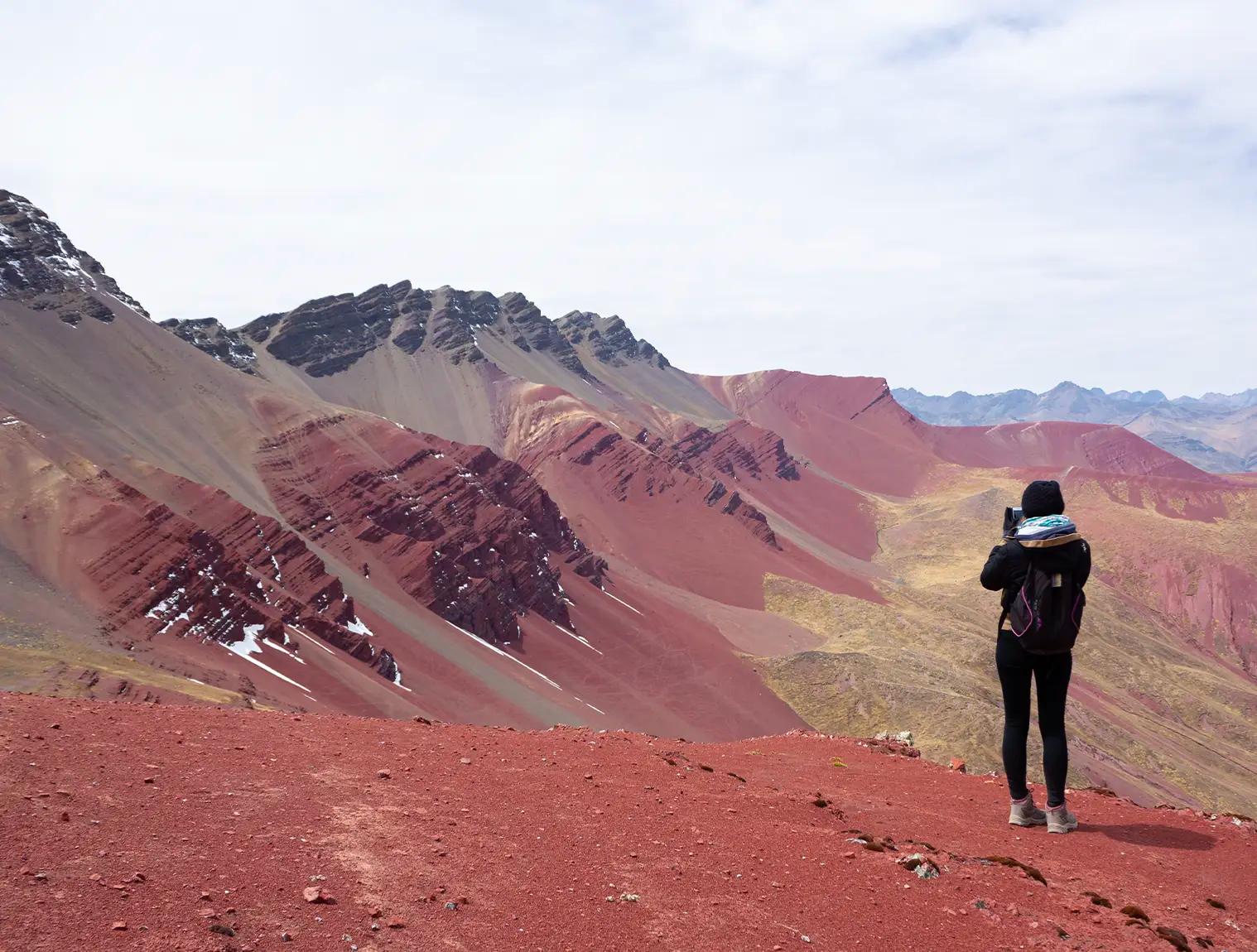
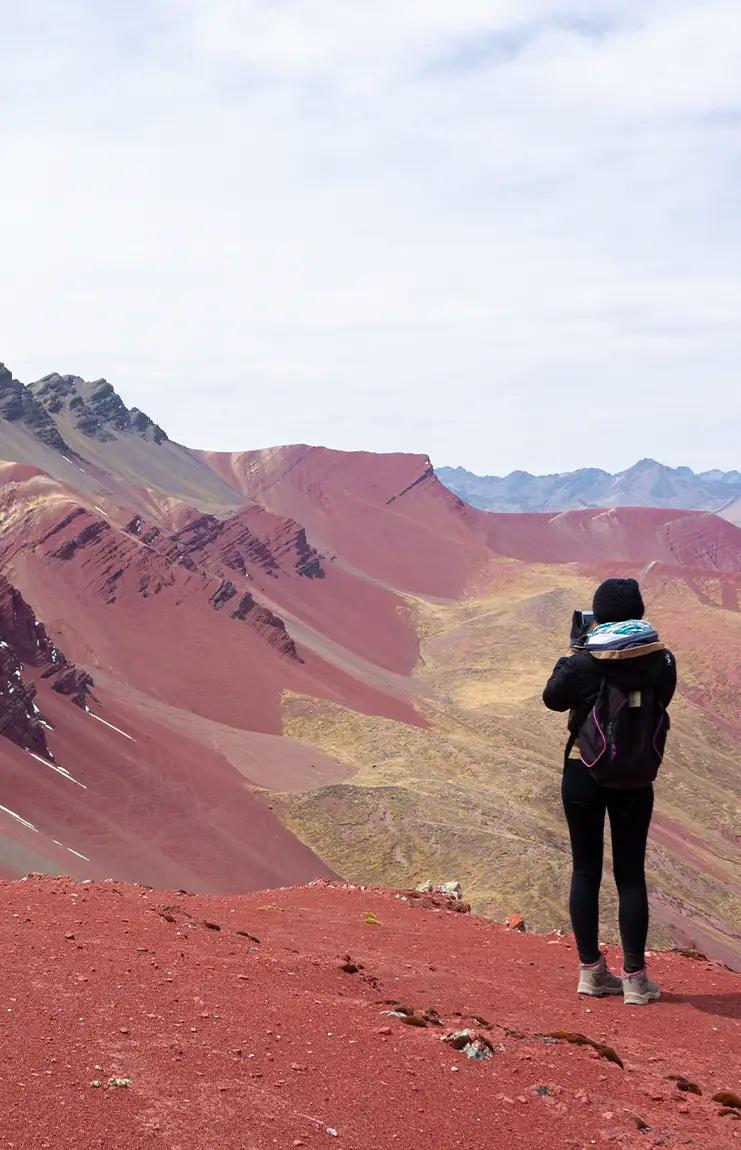
6 days from $1919
Cusco, Rainbow Mountain, Machu Picchu & 2-day Inca Trail
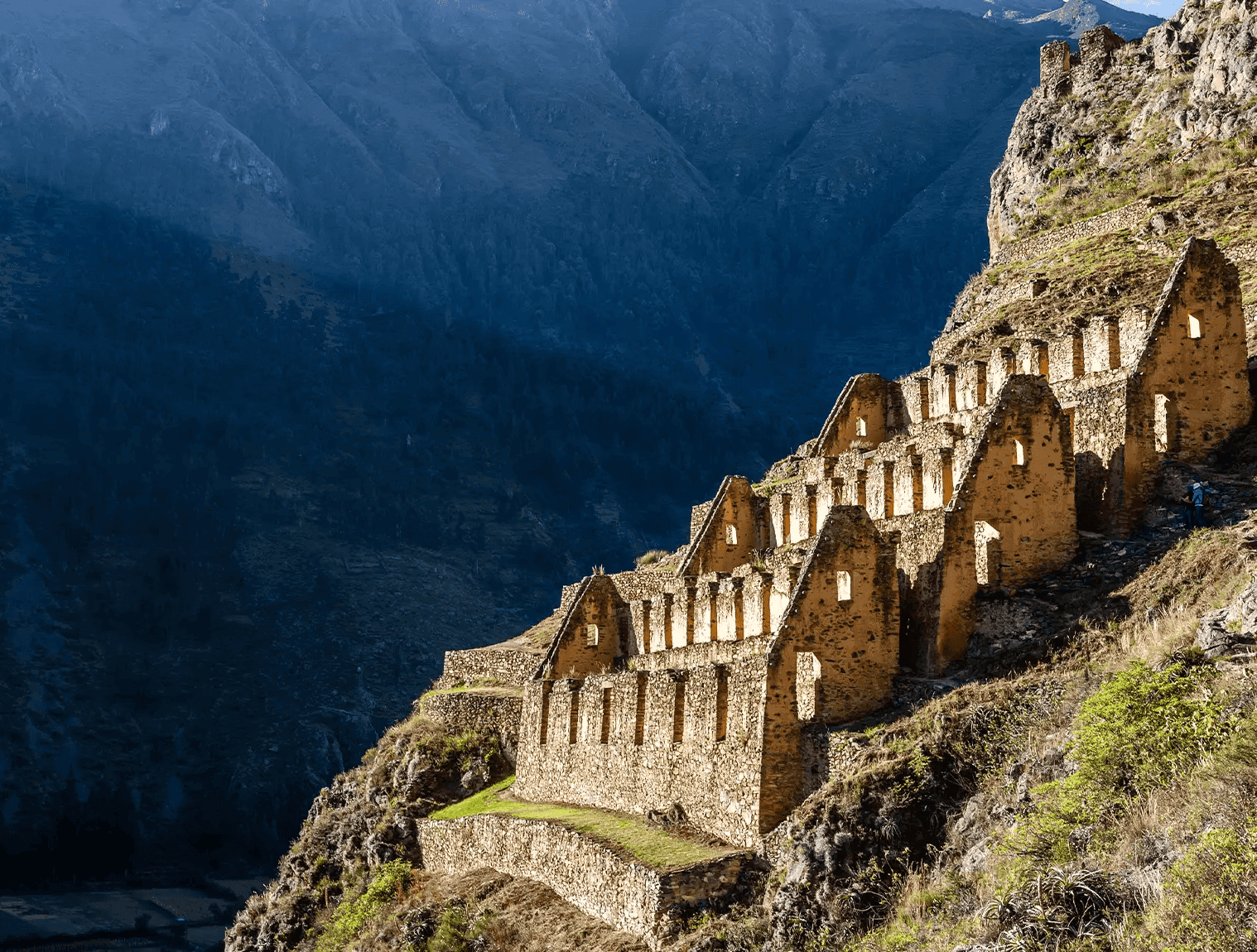
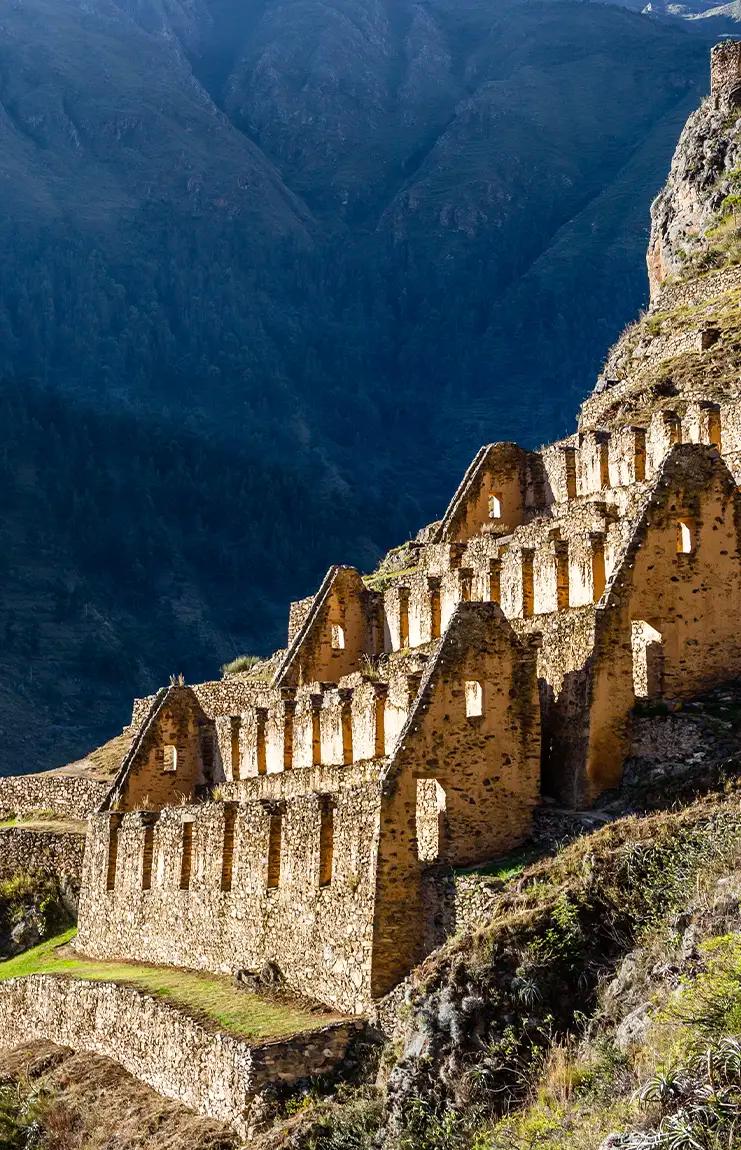
15 days from $3949
Machu Picchu, Cusco, Titicaca, Amazon, Lima, Paracas, Arequipa & Colca
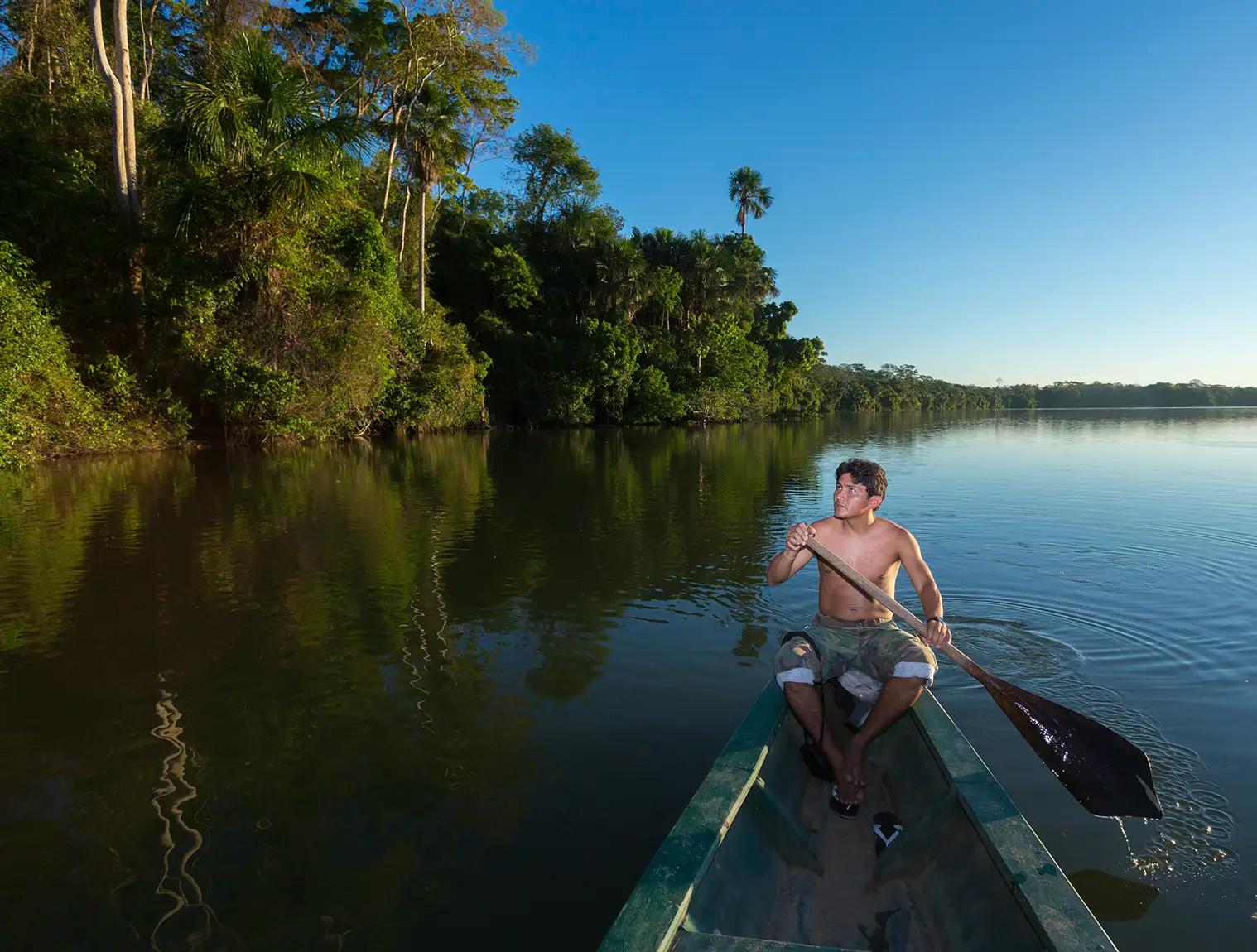
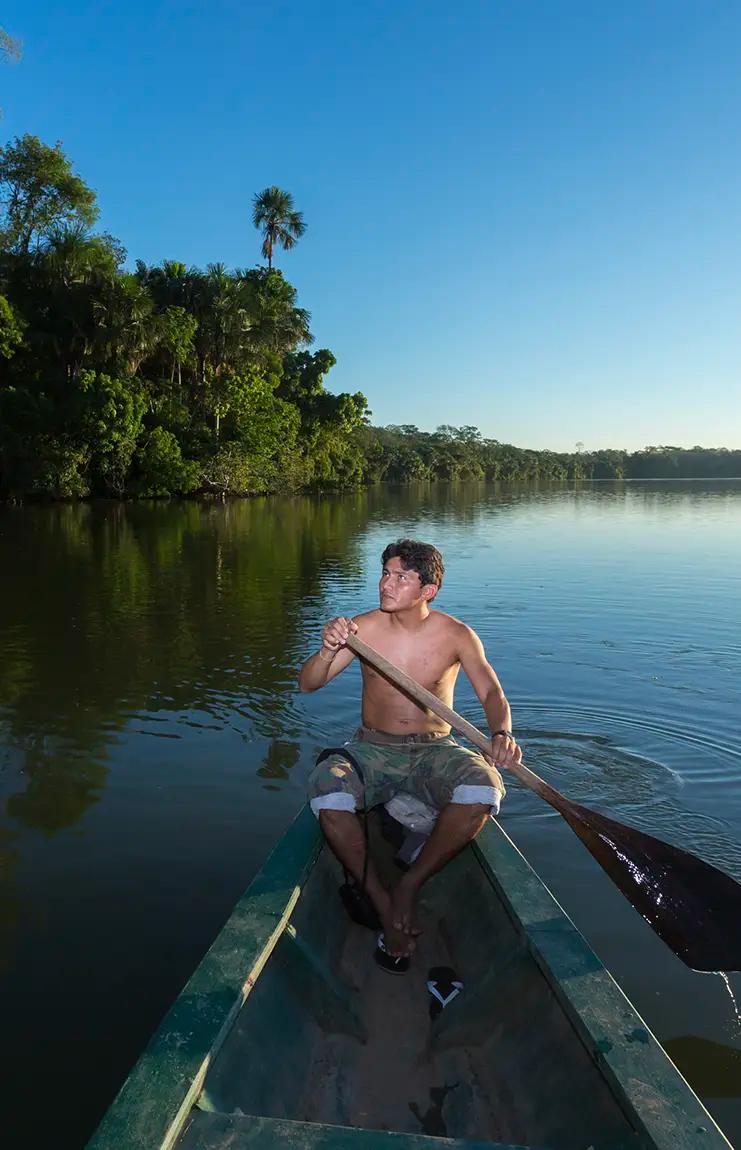
9 days from $1939
Amazon, Cusco, Sacred Valley and Machu Picchu
Email: [email protected]
Sign up to receive our newsletter for great articles, stunning photos, and special deals.